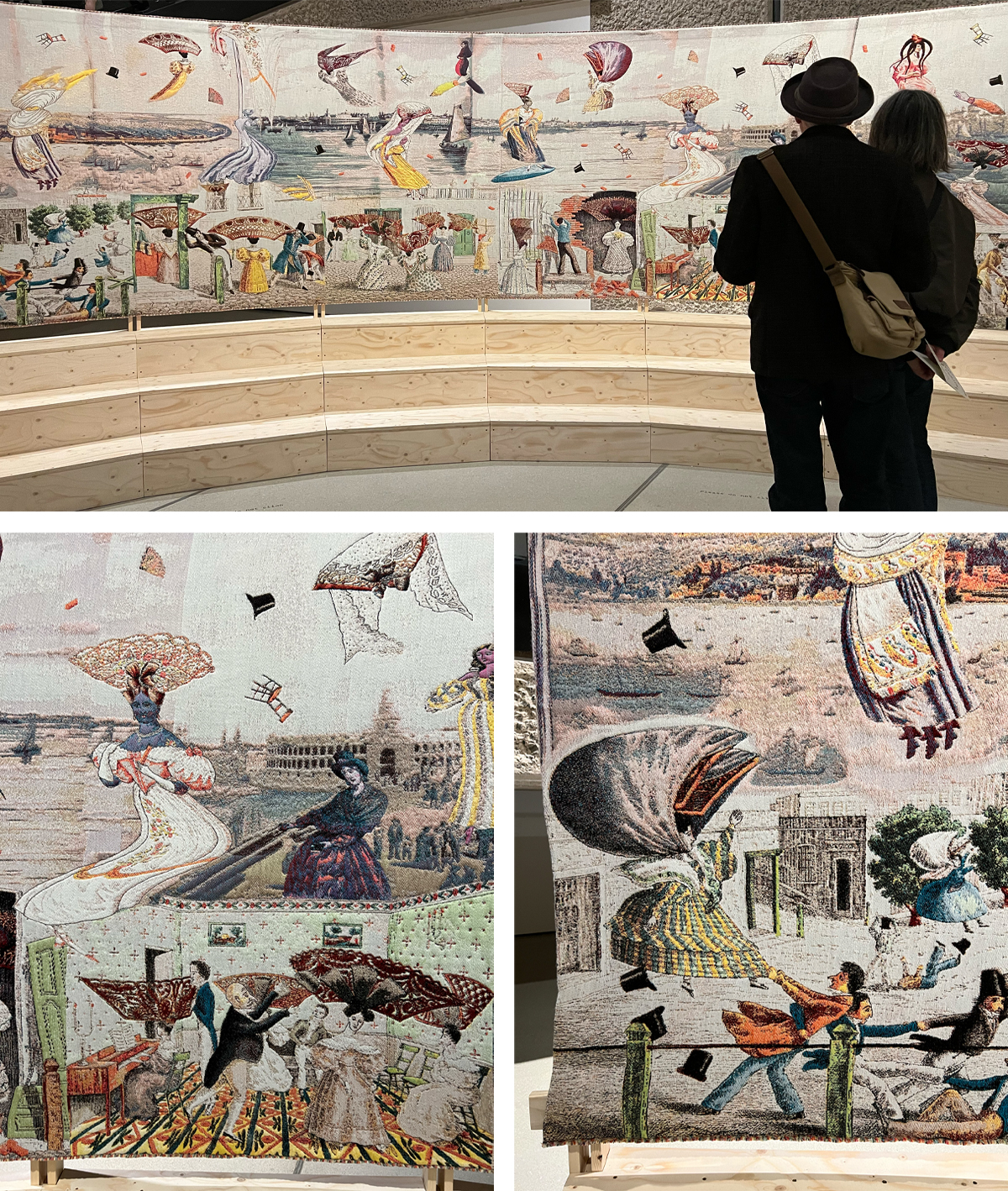Creativity & Clients
May 29, 2024
Have you watched the TV show Interior Design Masters? I love it, but then again I could watch videos of before and after transformations all day long.
In the show, the participants have an eye for interior design but often no official training in it. The show is their school, and they learn to have both their own style (or as they call it a ‘signature style’) and to take into consideration what the client wants. It’s a balance that’s not always easy to strike, especially when a design brief doesn’t easily fit with your style. The most successful designers are the ones who can strike that balance.
For too long in my career I saw clients as people hindering my creativity. I thought they were making me bastardise my beloved creations.
I’ve come to understand that this was the wrong way of approaching it. My job as a designer is to please both me and the clients, so they should be involved in the creative process. Yes, they hired me for my creativity and expertise, and they should trust me, but if they don’t like what I create then did I do my job? The push and pull between satisfying both the client and my creative vision is part of problem solving on a project. More often than not, it makes the outcome better when I have to think harder about the right solution.
Don’t get me wrong, my first impulse is still to complain (in my head) when the client is not immediately happy with what I produced. It’s a normal reaction when you’ve put a lot of time and effort into something. But now I take some time to digest, then go back to it ready to find the best outcome.
 Portrait of Debbie Weil for her Substack. This commission went smoothly, Debbie is lovely!
Portrait of Debbie Weil for her Substack. This commission went smoothly, Debbie is lovely!
Off the back of the illustration I did for a client who wanted me to draw them in my old style, someone reached out to me to draw her portrait in that same old style and create a logo for her Substack.
Now, if I was a full-time artist, I wouldn’t have taken the illustration project on. Artists can be commissioned, but you’re paying for their vision, not for your vision using their talent.
But being a commercial illustrator falls somewhere in between art and design: you’re an artist who must follow a brief and satisfy a client. For me that works well, I like a brief. Ideally, I would be commissioned to create the type of illustrations I’m now doing, but I’m fine with giving the clients what they want. After all, I don’t hate my old style.
In my mind I’ve separated my art from my job. I don’t feel like my illustration commissions need to make me evolve as an artist. I count myself lucky I can do something I like to pay the bills. My designer and illustrator jobs make it possible for me to do art on the side, and that’s enough for now.
Judith xx
P.S. By the way, Debbie Weil’s Substack is great! And we had a conversation before I took on the project, so she knew I was totally happy with drawing her in my old style. 😁
Monthly inspirations
A few exhibitions I saw recently made me want to create textile art. This first happened to me when I saw a Louise Bourgeois retrospective in 2022.
Textile art has historically been put in the ‘crafts’ category, as a way of saying it wasn’t ‘real’ art as it was done by women. It’s only recently that it has started getting recognised for what it really is: a legitimate art form. But there’s definitely still some way to go towards full acceptance.
While Louise Bourgeois’ retrospective was the first to make me want to make some textile art, in the past few months I’ve seen many more inspiring textile pieces. Here are a few of them.
 Prism, 2018 by Jeffrey Gibson
Prism, 2018 by Jeffrey Gibson
I mentioned Jeffrey Gibson a couple of posts ago! I recognised his colourful geometric patterns and beading work right away, even if here it was in the form of garments.
 Lady's Dreams or Stop Right There Gentlemen!, 2019 by Mercedes Azpilicueta. Cotton and wool jacquard textile
Lady's Dreams or Stop Right There Gentlemen!, 2019 by Mercedes Azpilicueta. Cotton and wool jacquard textile
How cool is jacquard tapestry by Mercedes Azpilicueta? According to the text accompanying the piece, the surreal scene pays homage to Latin-America’s literary tradition of magical realism. The ‘vanishing’ women floating in the upper half of the tapestry tells of their systematic erasure from history.
 Vanshree by Mrinalini Mukherjee
Vanshree by Mrinalini Mukherjee Midnight Aura, 2012 by Billie Zangewa. Hand-stitched silk collage
Midnight Aura, 2012 by Billie Zangewa. Hand-stitched silk collage
This hand-stitched silk collage by Billie Zangewa was like a painting done with fabric. It reminded me of Bisa Butler’s wonderful work.

The Crowning, 1983. Drawing, hand-painting and colour specification by Judy Chicago: batiks from Chicago's drawing by Dianne Barber; embroidery and quilting by Hope Wingert
Part of Judy Chicago’s Birth Project, this piece depicts the second stage of labour where the top of the baby's head emerges from the birth canal. I’ve seen other works from this series and they’re all striking.
 African Bird Magic (Mauritius Fody & Comoro Blue Vanga), 2024 by Yinka Shonibare. Patchwork, appliqué, quilting, hand dyed silk, linen and cotton, and Dutch wax printed cotton
African Bird Magic (Mauritius Fody & Comoro Blue Vanga), 2024 by Yinka Shonibare. Patchwork, appliqué, quilting, hand dyed silk, linen and cotton, and Dutch wax printed cottonI like Yinka Shonibare’s decision to leave threads hanging all over instead of tidying it up.

Marian Stoll, Embroidery in coloured wools of Ottoline Morrell in the garden of Garsington Manor by moonlight, 1924.
I love everything about this embroidered work: the colour palette, the composition and the skills. Must have taken so long to do!
Want to get this blog directly in your inbox each month? Just subscribe to my Inspired Substack.